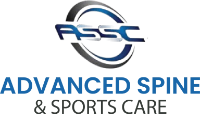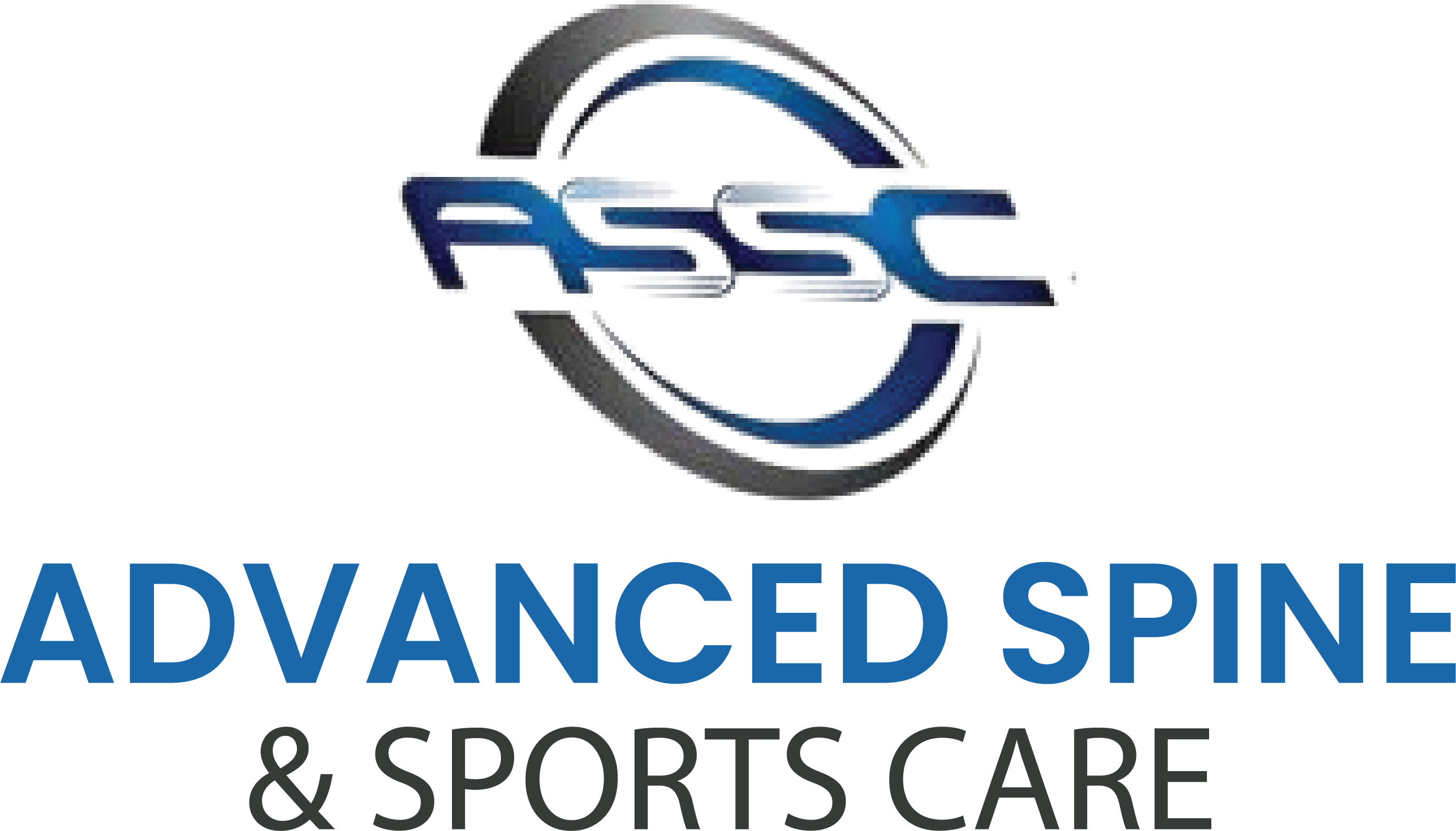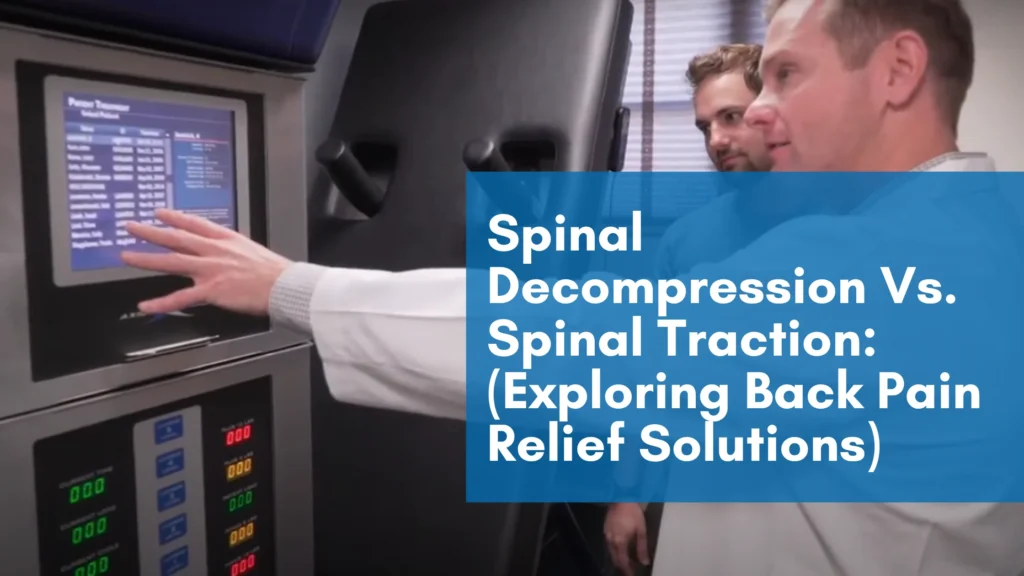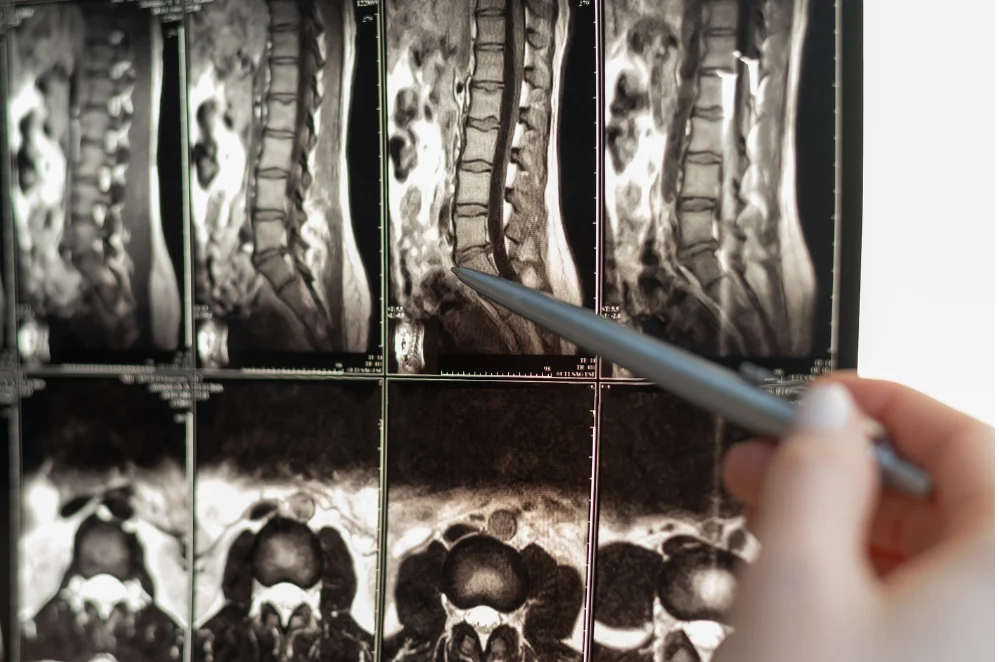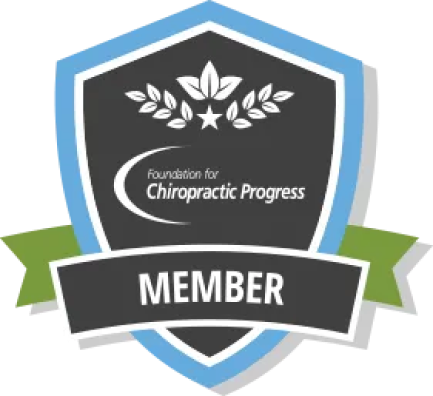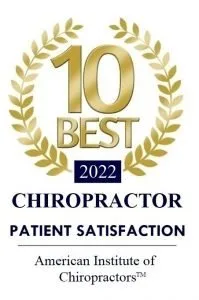Spinal Decompression Vs. Spinal Traction
(Exploring the Best Back Pain Relief Treatment Methods in Chicago)
“Spinal Decompression or Spinal Traction: Which treatment method is the best for relieving back pain: spinal decompression or spinal traction?”
We get this question from patients; for this reason, we will explore the best back pain relief treatments, based on your individual condition.
Have you tried spinal traction and still experience pain?
Spinal traction is a simple, cost-effective solution for generalized back pain, while spinal decompression addresses more specific or complicated conditions such as a herniated disc, sciatica, or spinal nerve compression.
>Spinal Decompression & Spinal Traction both aid in therapeutic recovery and have several medical journals or studies to prove their effectiveness.
When you’ve tried spinal traction and the pain is still there, or you’ve tried everything from YouTube yoga to physical therapy and still not seeing results, then here’s why spinal decompression at ASSC in Chicago may work best to alleviate your back pain condition.
Why Spinal Traction Alone Often Falls Short
Spinal traction therapy…
- Has a solid reputation for back pain treatment for decades
- is usually performed on a table that applies a sustained pulling force
- Relieves pressure between vertebrae and stretches the surrounding muscles and ligaments
What do clinical studies say about spinal traction?
A recent systematic review found that traction provided only short-term relief, and its benefits were significantly reduced without follow-up core strengthening exercises.
Prone and supine methods may offer immediate decompression, but without neuromuscular reeducation, most patients regress.
Is Spinal Traction Still Effective for Treating Low Back Pain?
Despite the limitations of spinal traction, it’s still an effective treatment for:
- Patients looking for short-term relief for neck-related pain
- Stiff muscles, and non-specific or generalized low back pain
- If nerve-impingement in the neck is detected early, whiplash (depends on severity), and tech neck
It’s important to note that spinal traction provides positive short-term effects. Usually, spinal traction can be combined with conventional therapy to increase relief.
Lastly, spinal traction uses less force and doesn’t require computerized calibration, meaning it can be a suitable option for:
- Elderly patients
- Patients with claustrophobia or have certain orthopedic restrictions
- Post-surgical patients (if your chiropractor agrees or recommends it)
I’ve Tried Everything But I’m Not Seeing Any Results: Will Spinal Decompression Fix It?
Here’s why Spinal Decompression may be your go-to solution to relieve back pain conditions…
If spinal traction, physical therapy, stretching, and adjustments don’t work, this is when we recommend spinal decompression to our patients.
Why? Mainly because in cases like these, the problem is disc-related, such as a herniated disc.
What Sets Spinal Decompression Apart?
Spinal decompression therapy uses a computer-controlled traction system to create precise pull–release cycles that go beyond surface stretching.
This computer-controlled traction system involves a special table. What the machine does is it pulls and releases your spine in a controlled, careful rhythm – almost like breathing.
What makes spinal decompression different is…
- It creates space inside your spine (like a tiny vacuum) that draws oxygen, nutrients, and hydration back into your spinal disc
- It also works faster and much longer than when combined with physical therapy and strengthening exercises
- The overall process promotes the natural retraction of bulging or herniated discs, which relieves pressure off the spinal nerves almost instantly
How Spinal Decompression Works
Motorized Traction Table Protocols
At Advanced Spine & Sports Care, patients lie on a comfortable decompression table like the DRX9000 or Triton DTS.
The system gently stretches and releases in a controlled rhythm — not a yank, not a static pull.
Utilizing precise pull–release cycles to gently stretch the spine, relieving compression on spinal nerves and intervertebral discs.
This movement allows:
- Bulging discs to retract
- Spinal nerves to decompress
- Oxygen and fluid to rehydrate the discs
It’s painless. Most patients actually relax or nap during treatment.
Creating Negative Pressure
This therapy creates targeted decompression between vertebrae, allowing bulging or herniated discs to retract. It also encourages disc rehydration, which reduces inflammation and restores spinal mobility.
Spinal Decompression vs. Traction: A Side-by-Side Comparison
| Feature | Spinal Traction | Spinal Decompression |
| Duration | 10–15 mins | 20–30 mins |
| Equipment | Basic pulley or traction table | Computerized decompression system |
| Treats surface muscle tension? | Yes | Yes |
| Targets disc mechanics directly? | No | Yes |
| Creates negative pressure in discs? | No | Yes |
| Long-term relief (according studies)? | Mixed | Proven (esp. with discogenic pain) |
What the Research Actually Shows
In patients with herniated or bulging discs, spinal decompression has shown superior long-term outcomes:
- A 2022 meta-analysis in PubMed showed that decompression therapy resulted in significantly better patient-reported outcomes than traction when paired with rehab.
- Another study reported that 86% of decompression patients experienced “good to excellent” relief within weeks.
Keep in mind: Randomized controlled trials show decompression doesn’t work for everyone. It works best for:
- Sciatica
- Disc herniations
- Degenerative disc disease
It’s less effective for muscular strains or inflammation without disc involvement — which is why diagnosis matters.
Spinal Decompression vs. Spinal Traction: A Deeper Look Into What the Evidence Says
Addressing the Remote Work Environment – Work From Home (WFH) “Back Pain Boom” in Lakeview
Since the shift to remote work, low back pain has surged — particularly in highly populated, desk-based neighborhoods like Lakeview, where over 103,000 residents are part of Chicago’s growing remote professional class.
Prolonged sitting, poor posture, and non-ergonomic home setups have led to a sharp uptick in musculoskeletal complaints. According to the NIH, remote workers are more than twice as likely to report moderate-to-severe lower back pain compared to office-based employees.
For many in Lakeview and Lincoln Park, the solution starts with non-invasive therapy. But which one actually works?
In Chronic Lumbar Disc Conditions
When tested in controlled trials, motorized spinal decompression shows significantly better long-term outcomes than traction. One study comparing both therapies found that decompression patients reported greater pain relief and improved function — particularly among those with herniated or bulging discs.
Sustained Relief & Disc Rehydration
Spinal decompression uniquely creates negative intradiscal pressure, a vacuum effect that pulls hydration, oxygen, and nutrients back into the disc.
According to the Medical Report, this rehydration process may help reverse disc degeneration, which traction alone cannot achieve.
Influences of spinal decompression therapy and general traction therapy on the pain, disability, and straight leg raising of patients with intervertebral disc herniation
Unlike traction, decompression targets the internal mechanics of the disc, not just surface-level muscle tension.
What the Research Shows: Clinical Outcomes
Open‑Label Trials Show Promising Results
A study published in PMC showed that 86% of patients experienced “good to excellent” relief after just a few weeks of decompression therapy. Meanwhile, a 2022 meta-analysis from PubMed concluded that decompression yields significantly better patient-reported outcomes than traction when paired with physical rehabilitation.
Sham-Controlled Trials: The Caveat
While open-label and observational studies are positive, some randomized controlled trials show that placebo effects may still play a role. That’s why precise patient selection, diagnostic imaging, and clinical screening are essential before initiating decompression therapy. Evidence suggests it works best for discogenic back pain, not muscular strains.
The Advanced Spine & Sports Care Approach
Biomechanical Screening & Imaging Review
Every decompression case begins with a comprehensive biomechanical and neurological exam. This may include:
- Spinal imaging review (X-ray, MRI)
- Electromyography (EMG)
- Posture and gait analysis
- Functional mobility testing
These diagnostic layers help confirm whether the pain is disc-related, muscular, or neural — critical for decompression candidacy .
Integrated Rehab for Lasting Relief
At Advanced Spine & Sports Care, spinal decompression is part of a multi-modal plan including:
- Core stabilization exercises
- Ergonomic coaching for remote workers
- Chiropractic adjustments
- Myofascial release and mobility work
- Telehealth check-ins and reassessment
This integrative model supports disc healing, postural correction, and pain prevention — particularly vital for Lakeview’s sedentary professionals.
FAQs on Spinal Decompression vs Spinal Traction
-
Which one feels better: Spinal Traction or Spinal Decompression?
Some patients prefer the simplicity of static traction — especially for the neck or when dealing with tight, stiff muscles.Others find decompression more comfortable because of its rhythmic pull–release pattern and ability to offload disc pressure more precisely.
Both feel like a “stretch,” but decompression feels more dynamic — traction feels more steady.
Between the two, spinal decompression has been proven through various medical studies of its long-term relief benefits while spinal traction offering short-term relief.
-
Which one will actually help me walk without pain tomorrow?
If your pain is caused by tight muscles, mild strain, or general postural fatigue, traction may provide quick relief.But if the pain is shooting, nerve-like, or related to a disc bulge, spinal decompression is better equipped to address the root cause — especially for long-term change.
-
I don’t want surgery — but am I just delaying the inevitable?
We hear this a lot. The truth is, most disc herniations don’t need surgery.In fact, many surgeons now recommend spinal decompression before even considering surgery. With the right rehab plan and diagnosis, we can often help your disc heal naturally — and avoid invasive procedures altogether.
-
Is this just another gimmick? How do I know it’s real?
Spinal decompression is FDA-cleared, used in hospitals, and backed by clinical research — but it’s also not hyped or one-size-fits-all. We’ll walk you through why it works, who it works for, and what your results might realistically look like.
-
Will I feel worse before I feel better?
In most cases, no — decompression shouldn’t make you feel worse.The pull is gentle and customized. Some patients feel slight soreness after their first session (like post-yoga or physical therapy), but not pain.
If you’re flaring up after traction, it may be too aggressive or not targeting the right structure. When decompression is done right, most patients say, “I felt lighter and less tense after the first session.”
Final Thoughts: The Right Spinal Treatment & Care, Right Here in Lakeview
If you’ve tried traction, stretching, or traditional chiropractic care but your low back pain still lingers, it may be time to consider non-surgical spinal decompression therapy.
Located conveniently between Lakeview and Lincoln Park, Advanced Spine & Sports Care offers individualized care using advanced decompression technology. Whether you’re a remote worker with postural issues or an athlete with a bulging disc, the right treatment starts with the right diagnosis.
✅ Ready to Find Back Pain Relief Chicago?
📞 Call us today at (773) 868-0347 or 📅 Book your consultation online to discover if you’re a candidate for spinal decompression therapy.
Last Updated on May 27, 2025 by Chiropractor Dr. Jason Ingham DC, CCSP
